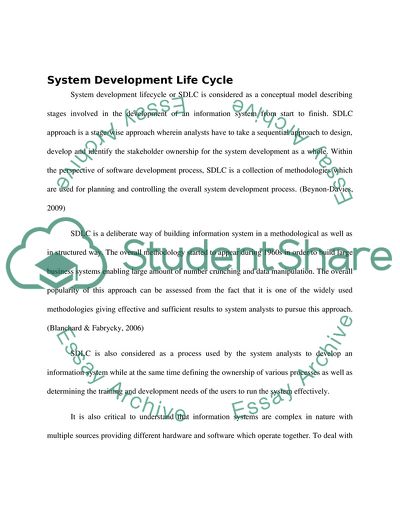Cite this document
(System Development Lifecycle Report Example | Topics and Well Written Essays - 1250 words, n.d.)
System Development Lifecycle Report Example | Topics and Well Written Essays - 1250 words. https://studentshare.org/information-technology/1779037-provide-an-in-depth-and-properly-cited-analysis-of-system-development-life-cycle-sdlc
System Development Lifecycle Report Example | Topics and Well Written Essays - 1250 words. https://studentshare.org/information-technology/1779037-provide-an-in-depth-and-properly-cited-analysis-of-system-development-life-cycle-sdlc
(System Development Lifecycle Report Example | Topics and Well Written Essays - 1250 Words)
System Development Lifecycle Report Example | Topics and Well Written Essays - 1250 Words. https://studentshare.org/information-technology/1779037-provide-an-in-depth-and-properly-cited-analysis-of-system-development-life-cycle-sdlc.
System Development Lifecycle Report Example | Topics and Well Written Essays - 1250 Words. https://studentshare.org/information-technology/1779037-provide-an-in-depth-and-properly-cited-analysis-of-system-development-life-cycle-sdlc.
“System Development Lifecycle Report Example | Topics and Well Written Essays - 1250 Words”. https://studentshare.org/information-technology/1779037-provide-an-in-depth-and-properly-cited-analysis-of-system-development-life-cycle-sdlc.


